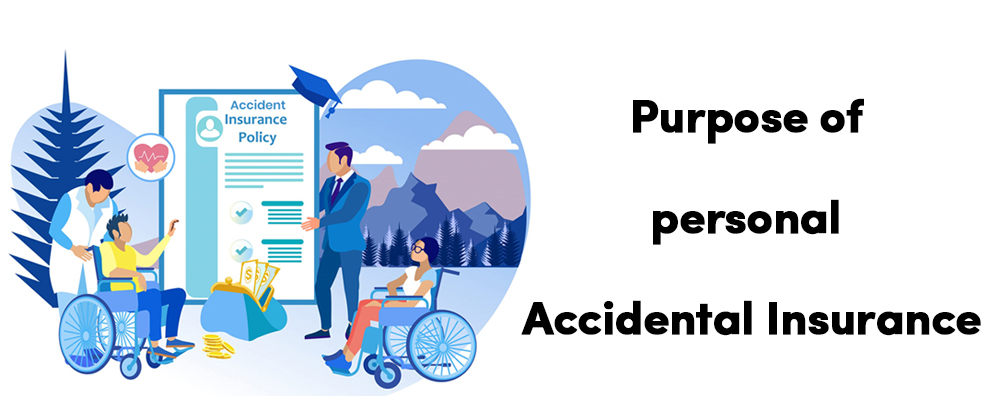Fascination About Pacific Prime
Fascination About Pacific Prime
Blog Article
The 10-Minute Rule for Pacific Prime
Table of ContentsIndicators on Pacific Prime You Need To KnowThe Best Strategy To Use For Pacific PrimePacific Prime - An OverviewNot known Details About Pacific Prime The smart Trick of Pacific Prime That Nobody is Talking About

This is because the data were gathered for a duration of strong economic efficiency. Of the approximated 42 million people who were without insurance, just about regarding 420,000 (concerning 1 percent) were under 65 years old, the age at which most Americans become qualified for Medicare; 32 million were grownups between ages 18 and 65, about 19 percent of all adults in this age team; and 10 million were youngsters under 18 years old, concerning 13.9 percent of all children (Mills, 2000).
These quotes of the variety of individuals without insurance are generated from the annual March Supplement to the Present Populace Study (CPS), conducted by the Census Bureau. Unless otherwise noted, nationwide price quotes of individuals without health insurance coverage and percentages of the populace with various kinds of protection are based upon the CPS, one of the most extensively made use of resource of estimates of insurance coverage and uninsurance rates.
The 7-Minute Rule for Pacific Prime

Still, the CPS is specifically beneficial since it produces annual price quotes reasonably swiftly, reporting the previous year's insurance policy coverage estimates each September, and due to the fact that it is the basis for a regular collection of quotes for even more than twenty years, permitting analysis of patterns in insurance coverage with time. For these factors, along with the substantial usage of the CPS in various other research studies of insurance coverage that are presented in this report, we rely on CPS estimates, with limitations noted.

The quote of the number of without insurance individuals broadens when a populace's insurance standing is tracked for several years. Over a three-year duration starting early in 1993, 72 million people, 29 percent of the united state populace, lacked insurance coverage for at the very least one month. Within a single year (1994 ), 53 million individuals experienced a minimum of a month without protection (Bennefield, 1998a)
Six out of every 10 without insurance adults are themselves used. Although functioning does enhance the possibility that one and one's family members will certainly have insurance coverage, it is not a warranty. Also members of family members with two full-time breadwinner have nearly a one-in-ten chance of being without insurance (9.1 percent uninsured rate) (Hoffman and Pohl, 2000).
The 10-Minute Rule for Pacific Prime
New immigrants make up a substantial proportion of individuals without health insurance coverage. One evaluation has actually attributed a significant part of the current development in the dimension of the united state uninsured population to immigrants who showed up in the nation in between 1994 and 1998 (Camarota and Edwards, 2000). Current immigrants (those that came to the United States within the past 4 years) do have a high price of being without insurance (46 percent), but they and their kids represent just 6 percent of those without insurance policy country wide (Holahan et al., 2001).
The partnership in between health and wellness insurance and access to care is well established, as documented later in this phase. Although the partnership in between wellness insurance policy and wellness end results is neither straight neither basic, an extensive clinical and wellness solutions study literary works links medical insurance coverage to better accessibility to care, far better high quality, and enhanced personal and populace wellness condition.
Degrees of evaluation for taking a look at the impacts of uninsurance. This conversation of medical insurance coverage concentrates mostly on the united state populace under age 65 due to the fact that virtually all Americans 65 and older have Medicare or various other public insurance coverage. It focuses especially on those without any type of wellness insurance coverage for any kind of length of time.
Pacific Prime Fundamentals Explained
The issues dealt with by the underinsured remain in some areas comparable to those dealt with by the without insurance, although they are normally much less serious. group insurance plans. Uninsurance and underinsurance, however, entail clearly various plan problems, and the methods for addressing them may differ. Throughout this study and the five records to adhere to, the primary focus is on persons without any health insurance and thus no assistance in paying for health treatment past what is offered through charity and safeguard establishments
Wellness insurance coverage is a powerful factor influencing invoice of care because both people and medical professionals reply to the out-of-pocket cost of check this site out services - https://www.webtoolhub.com/profile.aspx?user=42386420. Health insurance, however, is neither required nor enough to access to medical services. Nevertheless, the independent and straight result of health insurance coverage on accessibility to health and wellness solutions is well established.
Others will certainly obtain the health treatment they need also without medical insurance, by paying for it expense or seeking it from suppliers who supply treatment totally free or at highly subsidized rates. For still others, medical insurance alone does not make sure invoice of treatment due to various other nonfinancial obstacles, such as a lack of healthcare carriers in their area, limited accessibility to transport, illiteracy, or linguistic and cultural distinctions.
A Biased View of Pacific Prime
Official research about uninsured populations in the United States dates to the late 1920s and early 1930s when the Board on the Price of Treatment produced a series of records concerning funding physician office check outs and hospital stays. This concern came to be significant as the varieties of clinically indigent climbed during the Great Anxiety.
Report this page